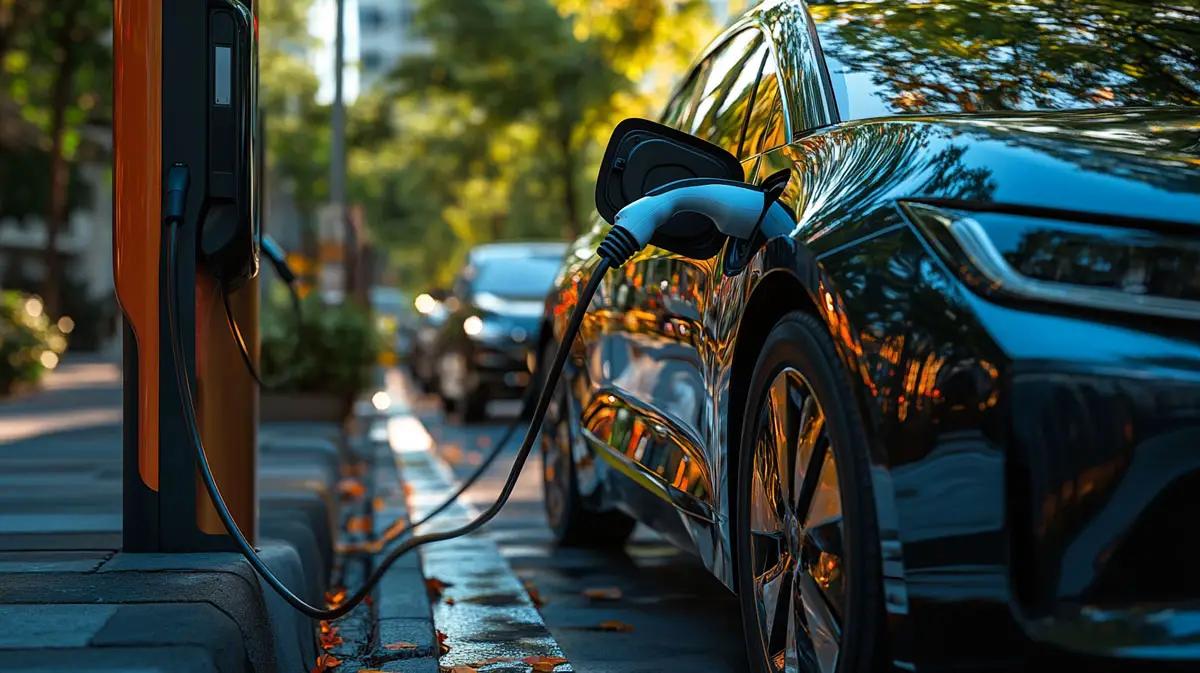What Innovation Lies Behind Battery Technology in Electric Cars?

Technology plays a huge role in the lifestyles of people all over Yorkshire. This has been especially true during the last few decades and means that tech is something that most of us use on a daily basis. Digital innovations are popular for the convenience they bring and because they make everything we do much simpler.
This, of course, is obvious in how things such as video calls, cloud computing and email have become key to many workplaces now. People in Yorkshire will also use digital tech in several aspects of their personal lives, such as taking the time to find exclusive versions of popular casino games, buying products online, or streaming movies.
It’s not just how we work or what we do in our spare time that has been affected by technology though. Tech has also had an impact on how we travel, with electric vehicles (EVs) a more common sight around the UK lately. The batteries inside EVs are essential for how they operate, but what innovations are behind the tech they contain?
NMC and NCA tech
Most of the EVs that people around the UK drive have high-tech lithium-ion batteries inside them. These batteries are packed full of design innovations that help to maximise their performance. Many contain either nickel-manganese-cobalt (NMC) or nickel-cobalt-aluminium (NCA) chemistries, as they boost energy density and ramp up battery range. Higher nickel content in particular is able to make batteries more sustainable and more cost-effective.
Graphite and silicon anodes
Anodes are another example of innovative tech in EV car batteries and are essential to their operation. They are a key part of the battery charging and discharging process in EVs. In simple terms, lithium ions move from the cathode to the anode and are stored there during charging.
When the EV is in use, these ions move from the anode back to the battery cathode. This generates electricity to power the vehicle. Although graphite anodes are the most popular type, silicon anodes are now being introduced. These are able to hold more lithium ions, boost energy density and deliver faster charging.
Battery management system (BMS)
Electric vehicles regularly make the latest motoring news and BMS systems are key to how their batteries function. EV BMS systems monitor battery performance and ensure that the battery is in good health. As such, they are a core piece of technology that lies behind the batteries in these vehicles.
Many will contain software powered by artificial intelligence (AI) to work. AI-backed BMS systems perform a range of functions, such as helping to prevent overheating of the battery or keeping an eye on battery degradation. Software updates to BMS systems (such as those that Tesla release) are able to boost battery performance and improve their efficiency. This is because the software that controls BMS systems has a direct impact on battery usage/health.
Liquid cooling systems and PCM
In addition to battery monitoring through BMS systems, EVs also use specific tech to stop batteries overheating. This is important because a battery that overheats could stop working or be at risk of bursting into flames!
Liquid cooling systems are one example of this and are found in vehicles from manufacturers such as Tesla and Rivian. They help to maintain optimal temperatures in EV batteries and extend their lifespan.
Phase change materials are another innovation in this area that many batteries use. They help to absorb excess heat and reduce the risk of thermal runaway. This, again, is better for the lifespan of batteries and their overall performance.
Fast charging tech
All EV car batteries need to be charged up in order to work. This enables them to power the vehicle and put it into motion. One key innovation for how car batteries do this is fast charging technology. Advances such as niobium-based anodes allow for extreme fast charging and do this without having an adverse effect on the life of the battery.
Tech such as this now leads to claims that next-gen EV batteries can reach up to 80% of charge in under 10 minutes. 800V battery architecture in models such as the Porsche Taycan ramp this up even more and can add over 100 miles to a battery’s range in as little as five minutes.
Tech innovation is key for EV batteries
As the above shows, the technology inside EV batteries is powered by some fabulous innovations. These help batteries inside electric cars to charge faster, last longer and perform better. With the tech across the EV sector constantly advancing, it will be interesting see where things head next.










